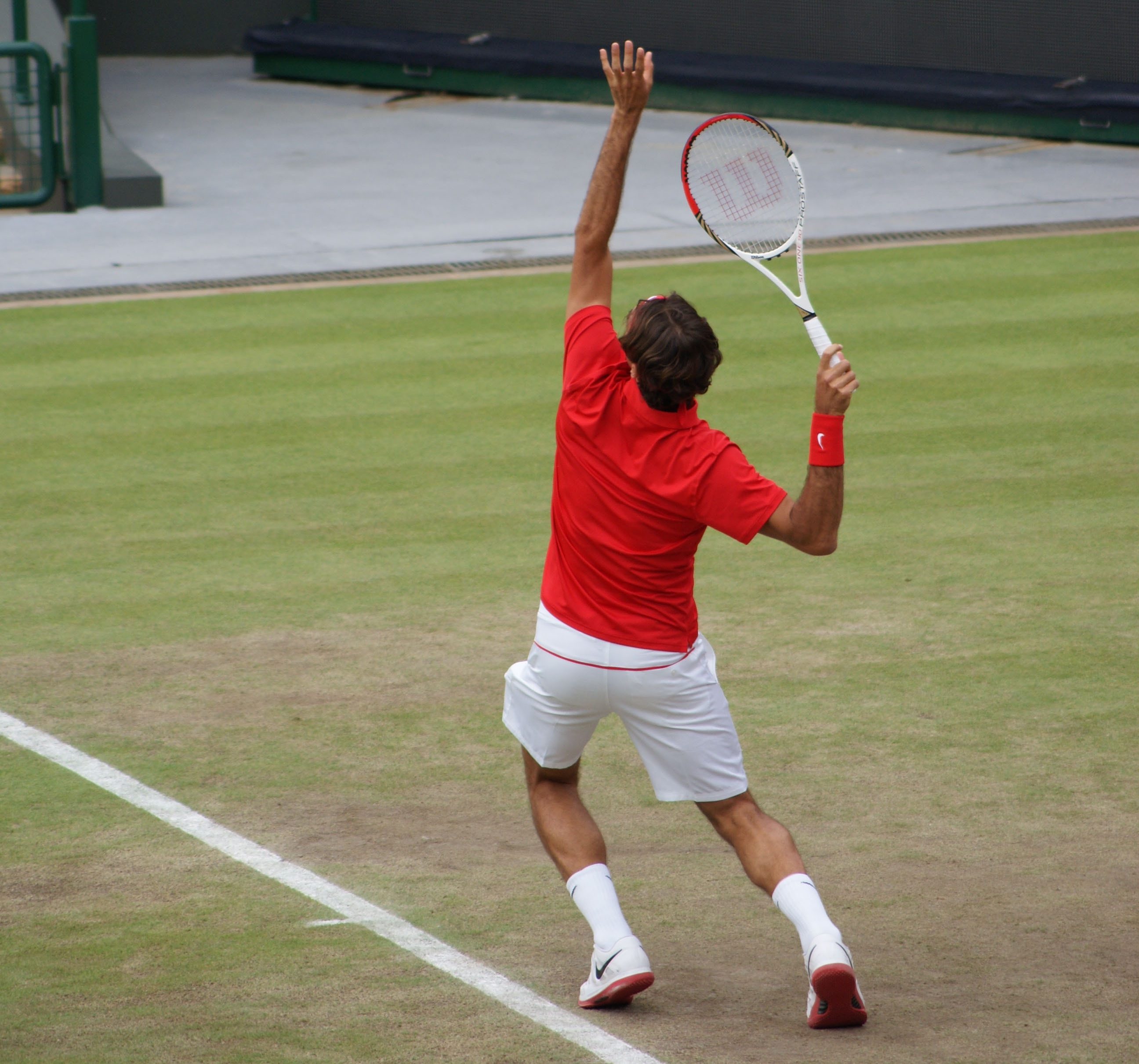Differences Between Playing Tennis Indoors And Outdoors
Tennis can be played indoors or outdoors. In many parts of the world, indoor tennis is played in late fall and winter as the temperature is too cold to play outside.
The grand slams tournaments now have roofs on show courts. If there is rain, they just close the roof and continue play. Before these tournaments installed the roof, they had to deal with hours of rain delay and backlogged matches.
Difference between indoor and outdoor courts
Speed
Indoor courts are faster than outdoor courts. So it helps big servers and players who hit through the ball with power.
Weather
Outdoor courts are exposed to the elements – the wind, the heat, and even awkward shadows on the court. On the other hand, indoor courts are temperature-controlled and have consistent air currents.
On indoor courts, players don’t have to deal with the sun while serving or when hitting overheads. Indoor courts also have consistent lighting.
Fatigue Factor
Since outdoor courts are exposed to the sun, players tend to get tired quicker compared to indoor courts. Temperature-controlled indoor courts are ideal for long hours of play.
Consistency
When you play outdoors, the weather varies a lot. One day, it is cloudy and moist, other days are very warm. On indoor courts, your playing conditions will be the same every day.
Which court is better? Indoors or Outdoors?
Most indoor courts are hard courts. The indoor hard court surface has the same surface as outdoor hard courts. So whether you practice indoors or outdoors, you are practicing on the same surface. But as mentioned above, indoor courts provide different playing conditions due to their temperature-controlled environment.
Ideally, you should practice both on indoor and outdoor courts. This will allow you to practice adapting your game based on the court you are playing.
Indoor courts are very useful on rainy days or in the winter when playing outdoors is not an option.
